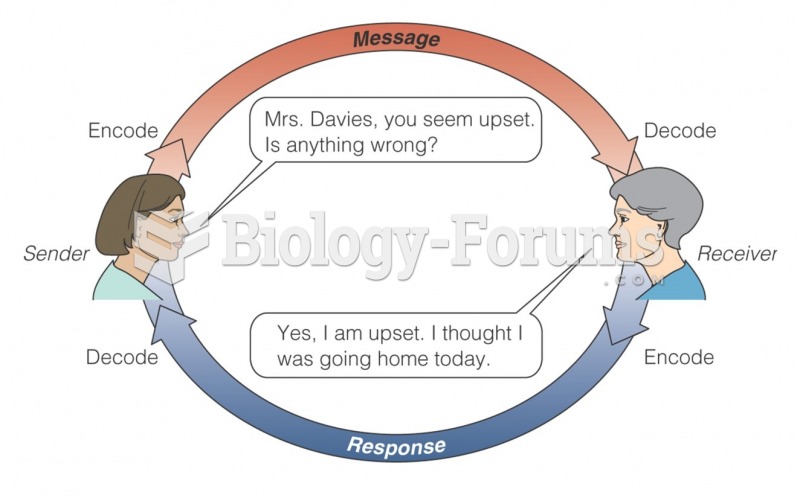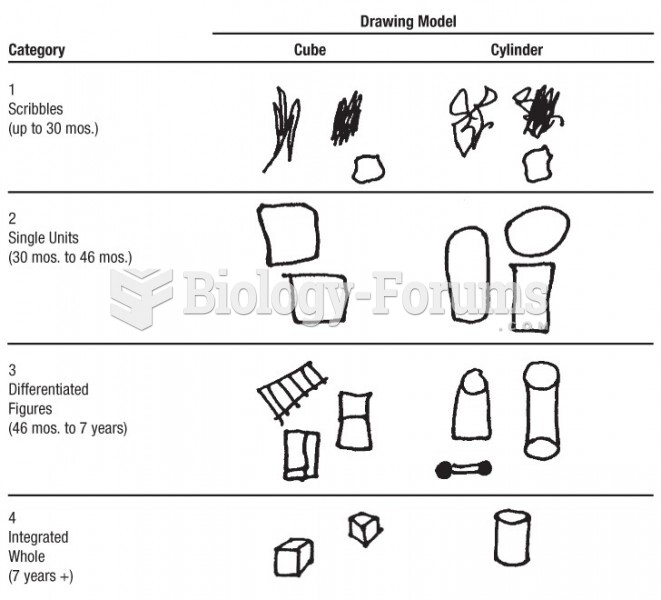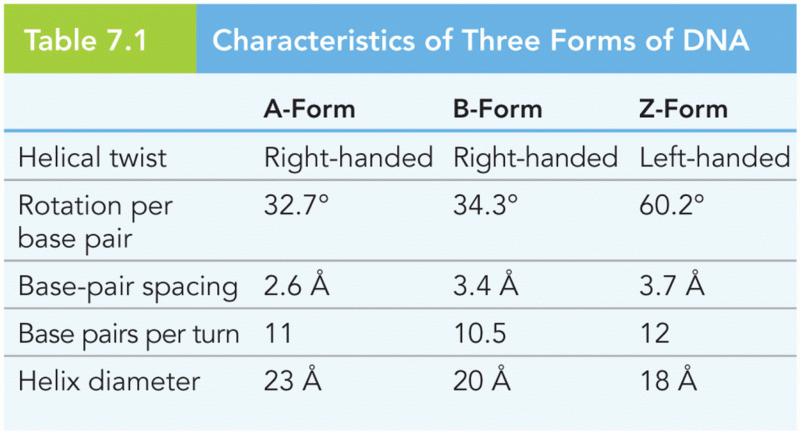Answer to Question 1
Eye contact: The eyes have been called the windows to the soul, and communicators consider the eyes to be the most accurate predictor of a speaker's true feelings and attitudes. Good eye contact enables the message sender to determine whether a receiver is paying attention, showing respect, responding favorably, or feeling distress. From the receiver's perspective, good eye contact reveals the speaker's sincerity, confidence, and truthfulness. During a business meeting, for instance, an employee should maintain eye contact with a supervisor to convey respect and to show that he or she is paying attention.
Facial expressions: The expression on a communicator's face can be almost as revealing of emotion as the eyes. Researchers estimate that the human face can display over 250,000 different expressions. In the workplace an employee must pay careful attention to a customer's facial expression to better understand the customer's response.
Posture and gestures: An individual's general posture can convey anything from high status and self-confidence to shyness and submissiveness. Posture can also communicate such things as attraction, interest, fear, distrust, anxiety, or disgust. Gestures can also communicate entire thoughts via simple movements. For example, in an interview the job candidate should use an upright posture to indicate confidence.
Time: How we structure and how we use time tell observers about our personality and attitudes. For example, an employee who consistently arrives a few minutes late for work shows the employer a lack of commitment to the organization.
Space: How we arrange things in the space around us tells something about ourselves and our objectives. For example, an employee who keeps his or her work area well-organized and clean shows professionalism.
Territory: Each of us has certain areas that we feel are our own territory, and we all maintain zones of privacy in which we feel comfortable. For example, a supervisor who conducts meetings with individual employees by seating himself or herself behind a desk with the employee seated at the other side of the desk indicates a desire for distance and formality.
Appearance of business documents: The way a letter, memo, e-mail message, report, or other business document looks can have either a positive or a negative effect on the receiver. For example, a hastily written message containing writing errors may make the writer appear unprofessional and may also create an unclear message for the reader.
Appearance of people: The way you lookyour clothing, grooming, and posturecommunicates an instant nonverbal message about you. For this reason, job candidates are encouraged to dress professionally for all job interviews.
Answer to Question 2
A







